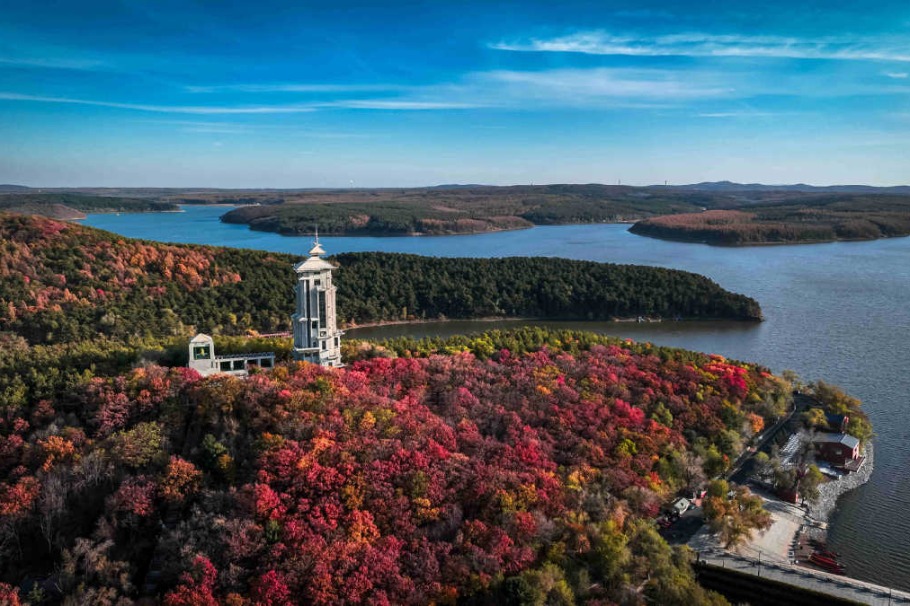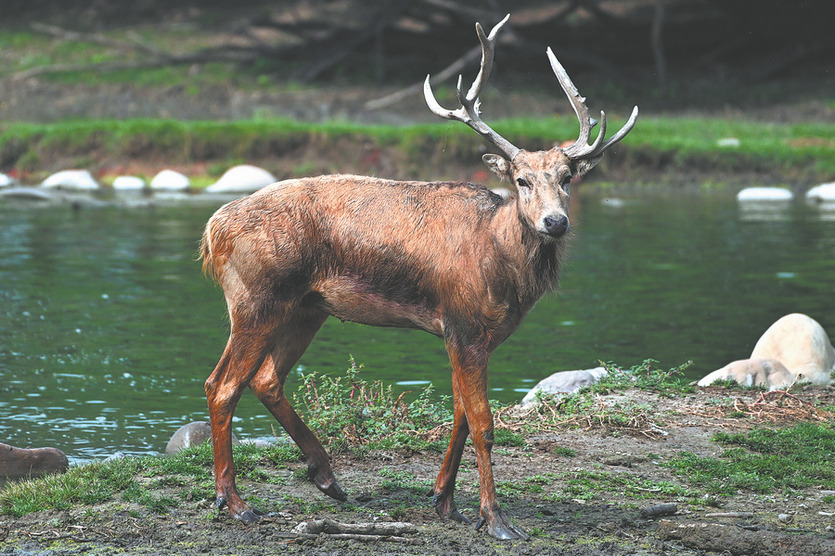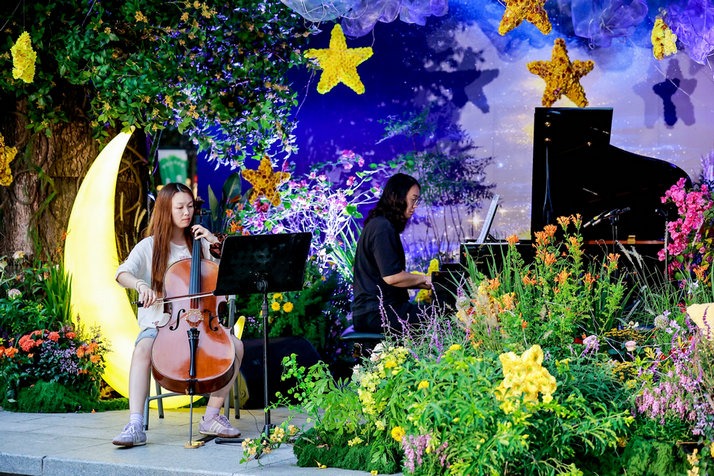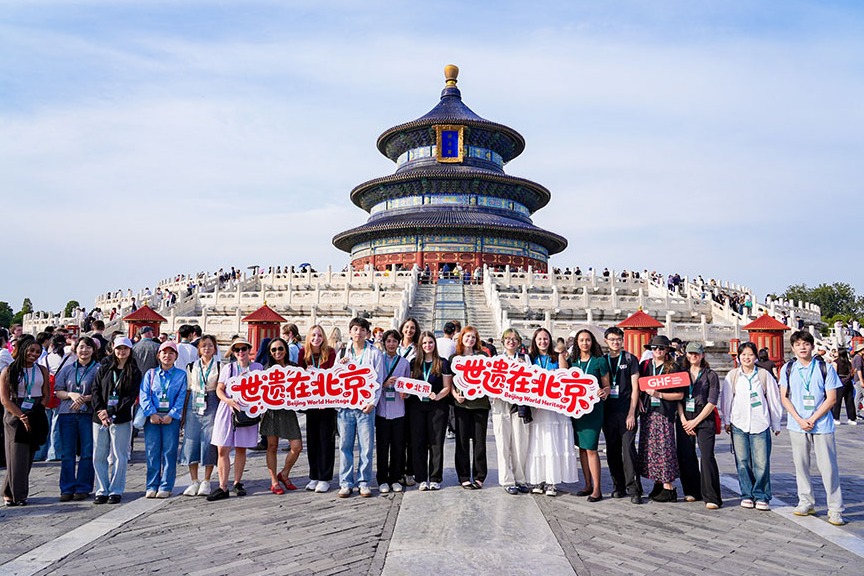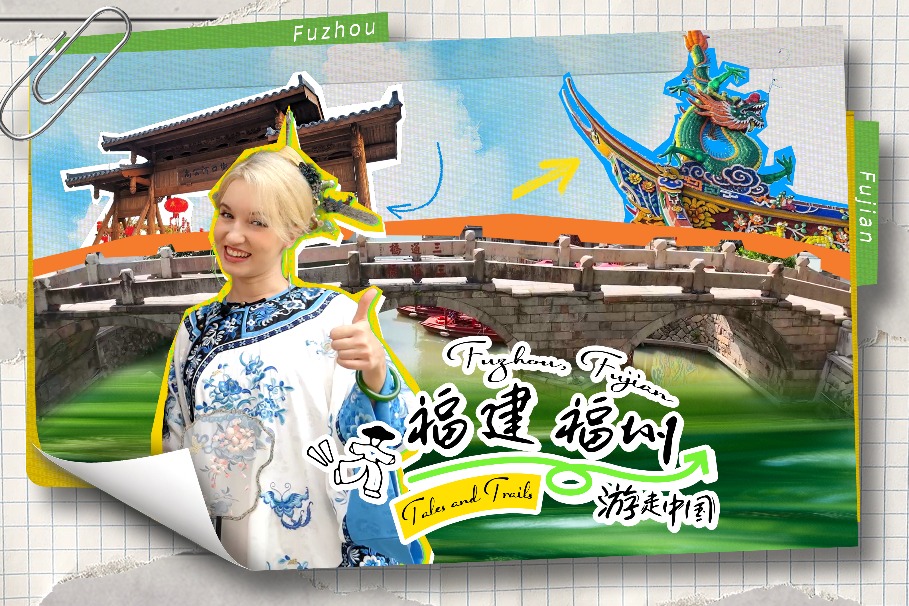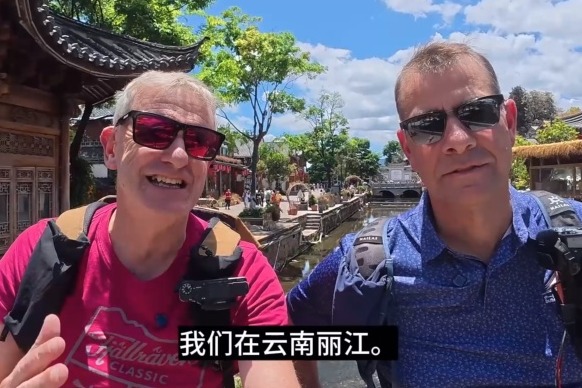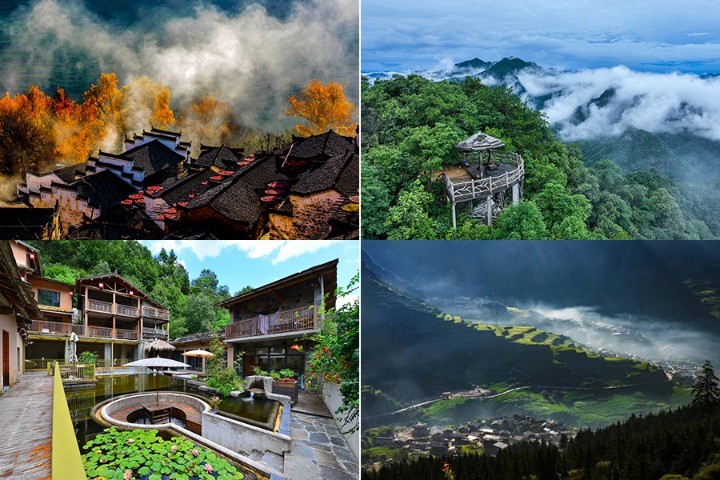BORN OF LEAF, CLAY AND RITUAL
Artisans balance heat, water and skill to revive age-old tea traditions and re-create Song-era ceramic masterpieces, Yang Feiyue and Hu Meidong report in Nanping, Fujian.

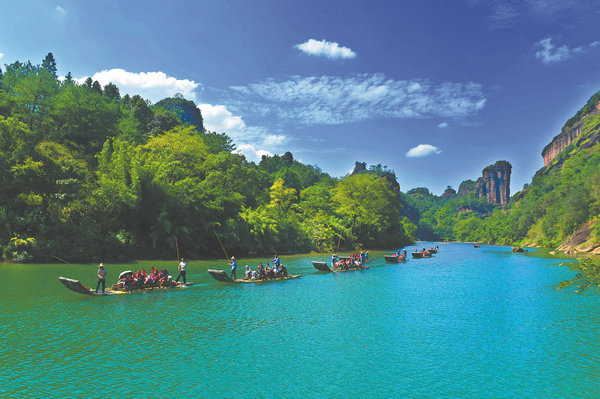
The labor behind tea-making becomes clearer in the final roasting room, where waves of heat, smoke and fruity fragrance jump at me.
The discomfort soon gives way to amazement, as Huang shows me the delicate temperature control.
"We layer ash on the burning charcoal. Thin ash for heat, thick ash to calm it. The tea must 'breathe' slowly through the night," he says.
He gently lifts a layer of tea, releasing a rush of warm aroma. "This part takes 15 to 20 hours. We stay up all night with the fire. The aroma you smell — that's patience."
In the museum's final gallery, I stand before a display of more than 5,000 tea artifacts spanning from the Tang (618-907) to the Qing (1644-1911) dynasties, featuring ancient stone grinders and teaware.
Mount Wuyi today boasts approximately 10,000 tea brands, and visitors can easily meet households offering tea-making, tasting and ritual demonstrations.
















